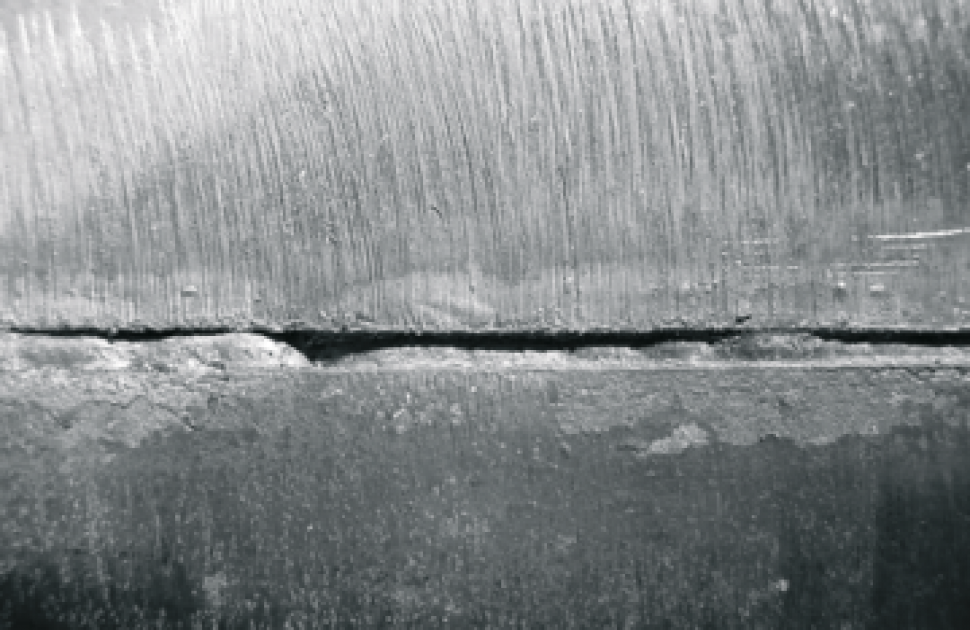Preventing Weld Undercut Demystified: Techniques for Success
Understanding the Art of Welding: Just How to Avoid Undercut Welding Issues for Flawless Construction Outcomes
Efficiency and precision are critical worldwide of welding, where also the smallest flaw can compromise the structural honesty of a made piece. One typical challenge that welders face is damaging, a defect that can lead and damage a weld joint to costly rework. By understanding the origin creates of undercut welding and executing effective methods to stop it, welders can raise their craft to brand-new levels of quality (Preventing weld undercut). In the search of flawless construction outcomes, mastering the art of welding to avoid undercut issues is not just a skill however a need for those pursuing excellence in their work.
Comprehending Undercut Welding

To prevent undercut welding, welders must make sure proper welding specifications, such as adjusting the current, voltage, travel speed, and preserving the proper electrode angle. By recognizing the reasons of undercut welding and carrying out preventive actions, welders can accomplish high-quality, structurally sound welds.
Root Causes Of Undercut in Welding
Comprehending the aspects that contribute to damage in welding is important for welders to create top quality, structurally sound welds. Poor welding incorrect or current welding rate can additionally contribute to undercut. Understanding these reasons and implementing correct welding techniques can help stop damaging issues, guaranteeing strong and long lasting welds.
Methods to avoid Undercutting

To minimize the threat of damaging in welding, welders can employ critical welding strategies intended at boosting the high quality and stability of the weld joints. Additionally, using the proper welding method for the certain joint arrangement, such as weave or stringer beads, can add to reducing undercutting.
Furthermore, appropriate joint prep work, consisting of making certain tidy base products free of pollutants and utilizing the ideal welding consumables, is vital in preventing undercut flaws. Using back-step welding techniques and regulating the weld grain profile can also aid disperse heat equally and reduce the risk of undercut. Regular evaluation of the weld joint during and after welding, in addition to carrying out quality control steps, can help in addressing and spotting undercutting issues quickly. By applying these strategies faithfully, welders can accomplish flawless manufacture results with minimal undercut Resources issues.
Relevance of Correct Welding Specifications
Picking and keeping proper welding criteria is essential for attaining successful welds with minimal defects. Welding specifications refer to variables such as voltage, existing, travel speed, electrode angle, and protecting gas circulation price that directly influence the welding process. These parameters should be very carefully adjusted based on the kind of product being welded, its density, and the welding technique utilized.
Proper welding criteria make sure the ideal quantity of warmth is applied to melt the base metals and filler product consistently. If the parameters are set too high, it can result in extreme warm input, causing burn-through, distortion, or spatter. On the various other hand, if the parameters are as well low, incomplete fusion, absence visit the website of penetration, or undercutting might happen.
Quality Control in Welding Workflow

Verdict
In final thought, understanding the art of welding needs an extensive understanding of undercut welding, its causes, and methods to avoid it. By making certain appropriate welding specifications and executing top quality guarantee techniques, remarkable construction results can be accomplished. It is necessary for welders to continually pursue quality in their welding procedures to avoid undercut problems and generate high-grade welds.
Undercut welding, a common defect in welding procedures, occurs when the weld steel does not effectively fill the groove and leaves a groove or depression along the bonded joint.To protect against undercut welding, welders should make sure proper welding parameters, such as changing the existing, voltage, traveling speed, and preserving the proper electrode angle. Inadequate welding existing or incorrect welding rate can also contribute to undercut.To mitigate the risk of damaging in welding, welders can use calculated welding methods intended at boosting the quality and honesty of the weld joints.In conclusion, grasping the art of welding needs a detailed understanding of undercut welding, its reasons, and strategies to prevent it.